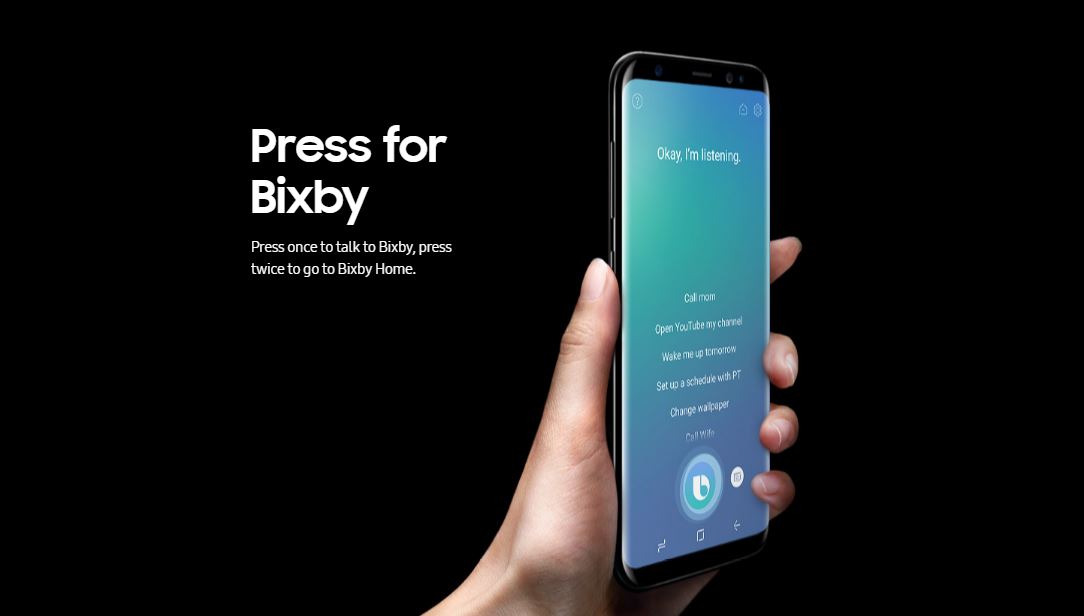Uber has been focusing its attention upon its car sharing service of late. The company wants to ensure that it grows and is willing to spend quite generously. As per reports, Uber has been spending around $1 million per week in a bid to make its car pooling service popular in the San Francisco area.
Uber launched its car pooling service in 2014. However, the service was in a seriously dismal state. Merely 8 percent of people looking for drives matched with riders. This kind of ride rate was seriously low and there was no way that the company could hope to make a profit with this. So, what the company needed was higher match rates and for that, more and more people needed to start looking for rides through UberPOOL.
In a bid to pump interest in the service, Uber started putting in substantial sums of money into its ride sharing service. According to BuzzFeed, almost 42,000 riders had started using the UberPool service by January and nearly 25 percent were matched with additional riders Fast forward a year and by January, 2015, the company had introduced $5 flat fares to Pool. This saw a huge surge of interest in the UberPool service and almost 44 percent of 125,000 Pool riders who attempted to use the service matched with a rider.
However, HQ got involved at this point and told the SF unit that they couldn’t be spending this amount of money anymore.
HQ was telling us we could not be burning the amount of money we were. We couldn’t just give out subsidies that high anymore.
Later in 2015, by when the amount of subsidies had slowed to a trickle and almost 26 percent of its riders had left for Lyft. However, the company claims that its UberPOOL service is doing well — though it refrained from providing with any numbers. Speaking with TechCrunch, the company said:
Pool works better the more people use it at the same time and at the same location. As a new product, we offer discounts to encourage riders to try it out. We’re proud of how far we’ve come with Pool.
The Tech Portal is published by Blue Box Media Private Limited. Our investors have no influence over our reporting. Read our full Ownership and Funding Disclosure →






